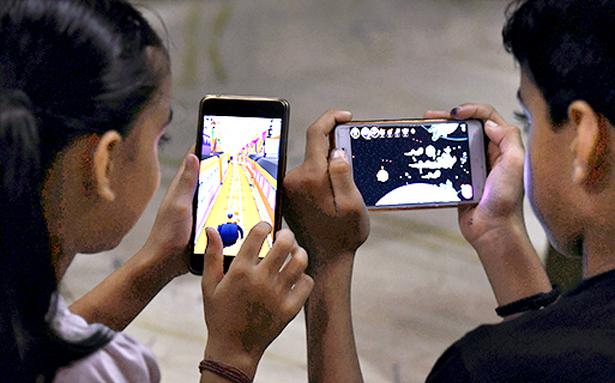Around 22% of Indian children have experienced cyberbullying at some point, which is significantly 5% higher than the global average of 17%.
Around 22% of Indian children have experienced cyberbullying at some point, which is significantly 5% higher than the global average of 17%.
According to a McAfee study conducted among parents and children in 10 regions, Indian children are the youngest to reach mobile maturity.
According to the study, smartphone usage in the country among children aged 10-14 is 83%, which is 7% higher than the international average of 76%.
This resulted in children in India being exposed to high levels of online risk. Additionally, around 22% of Indian children have experienced cyberbullying at some point, which is significantly 5% higher than the global average of 17%, according to the study.
About 90% of parents worldwide recognize their role as online protectors, but unfortunately only 56% of them have used a password to protect their own smartphones and 42% have used passwords to protect their children’s smartphones. But the irony was that about 73% of kids turned to parents more than any other source for help with online safety, McAfee reported.
“Children in India are among the youngest to reach mobile maturity and report they are most exposed to online risks. With this research, we seek to equip parents with the knowledge they need to succeed as effective online protectors for their connected families,” said Sachin Puri, vice president of marketing, McAfee.
The level of concern about cyberbullying and social media abuse among Indian parents was 47%, a full 10% below the global average of 57%.
According to the survey, Indian parents and children were more likely to report financial information leaks than global families, with parents 9% above the 21% average and children 13% above the 10% average.
Also, the number of Indian children who engaged in private conversations without knowing a person’s true identity was a remarkable 11% higher than other children around the world, according to the study titled Life Behind the Screens of Parents , Tweens, and Teens.”


